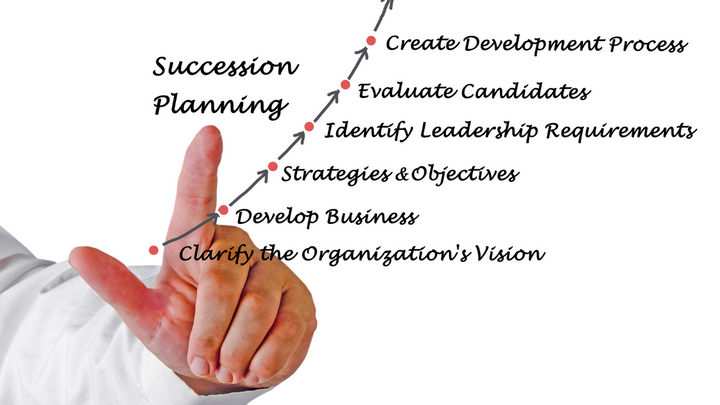The Best Ways to Motivate Your Employees

Originally published here
How to Align Intrinsic and Extrinsic Motivators
It can be challenging to keep your employees motivated. With so many distractions and opportunities for them to lose focus, it can be a real challenge to keep them on track. This blog post will discuss the best ways to motivate your employees. We will talk about intrinsic and extrinsic motivators and how you can align them to create a powerful motivation strategy. Then we will discuss some external motivators that you can use to encourage your employees to achieve their goals. Let’s get started!
1. What is intrinsic motivation, and how can it benefit your business?
There are two main types of motivation when it comes to motivation: intrinsic and extrinsic. Intrinsic motivation comes from within, while extrinsic motivation comes from external factors. Intrinsic motivators are things like the desire to learn or the satisfaction of a job well done. Extrinsic motivators might include money, recognition, or praise.
Intrinsic motivation is often seen as more powerful than extrinsic motivation because it is self-driven. Employees who are intrinsically motivated tend to be High-Performance Employees — they are driven by a personal interest in their work rather than external rewards or punishments. This type of employee is more likely to stay focused and motivated on their own, without the need for constant external stimulation.
The way to activate your employees’ intrinsic motivation is to align their goals with the company’s goals. When employees feel like they are part of a larger purpose and that their efforts contribute to the company’s success, they are more likely to be intrinsically motivated. For example, you could give employees more responsibility and decision-making power or allow them to participate in goal setting. This will enable them to see how their work contributes to the company’s overall success.
If you can create an environment where intrinsic motivation is fostered, it will result in High-Performance Employees who are self-motivated and productive. This, in turn, will benefit your business by reducing turnover rates and improving productivity.
5 Career Tips for People Over 40: What to Consider Before Choosing a New Career
2. How can extrinsic motivators help you achieve your goals?
The contemporary business school teaching says that employees need to be intrinsically motivated. However, there are times when extrinsic motivators can be helpful.
Extrinsic motivators are external factors that influence behavior. They include things like money, recognition, or praise. When used correctly, extrinsic motivators can help you achieve your business goals by motivating employees to perform at their best.
One way to use extrinsic effectively is to tie them to the company’s goals. For example, you could set financial incentives for meeting certain milestones or give employees extra vacation days for reaching a specific goal. You could also recognize employees publicly for a job well done or offer bonuses tied to the company’s performance.
When used in conjunction with intrinsic motivation, extrinsic motivators can effectively boost employee productivity. By understanding what motivates your employees and using the right extrinsic motivators, you can help them achieve their full potential.
3. What are some common external motivators that businesses use to motivate their employees?
Another common extrinsic motivator is job security. Employees who feel like they could lose their jobs at any moment may be more motivated to work hard to keep their positions. And finally, some employers use coercion or threats as a way to motivate their employees. This type of extrinsic motivation is often called “negative reinforcement.” It can be very effective in getting people to do what you want them to do, but it’s not always healthy or sustainable in the long run.
4. How do you know if your employees are motivated, and what should you do if they’re not?”
When employees are motivated, you’ll see high performance in terms of productivity and creativity. However, if employees are not motivated, it can be difficult to achieve desired results.
There are a few things you can do to assess employee motivation:
– Ask them directly how they feel about their work and what motivates them
– Observe their behavior — Are they taking the initiative or being productive?
– Check-in on their goals — Are they still engaged in the company’s mission?
If you find that your employees are not motivated, there are a few things you can do to help get them back on track:
– Revisit your company values and ensure that they align with employee values
– Help employees connect their individual goals with those of the company
Encourage employees to take ownership of their work and give them specific, actionable, and timely feedback.
5. What are some tips for maintaining employee motivation over the long term?”
It can be a challenge for employers to maintain employee motivation over the long term. However, there are a few things that you can do to help keep your employees motivated:
– Keep communication open and positive. Make sure your employees feel like they can come to you with any concerns or questions they have.
– Encourage creativity and innovation. Allow your employees to develop new ideas and ways of doing things.
– Celebrate successes together. When your employees achieve something, make sure to celebrate it as a team. This will help boost morale and motivate others to work harder.
– Be flexible with working arrangements. Employees may appreciate being given some flexibility regarding their working hours or how they complete their tasks. This is relevant, especially what’s happening around the world. Having a flexible working option is becoming the norm.
Now that we’ve looked at some of the best ways to activate intrinsic and extrinsic motivation in your employees let’s sum up what we’ve learned. First, it’s important to understand the difference between intrinsic and extrinsic motivation. Intrinsic motivation comes from within, while extrinsic motivation comes from external factors. Second, we need to know which type of motivation is most relevant for each employee. Finally, employers should take steps to encourage creativity and innovation among their staff, celebrate successes together, and be flexible with working arrangements. By doing so, you’ll create a work environment where high performance is the norm.



Comments ()